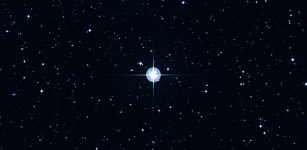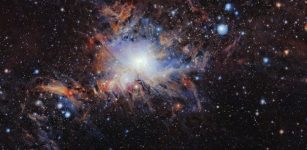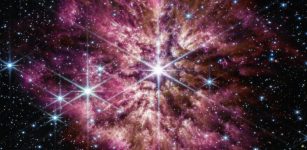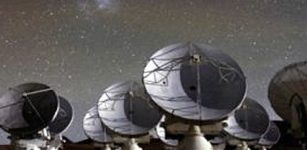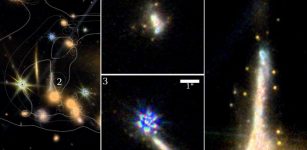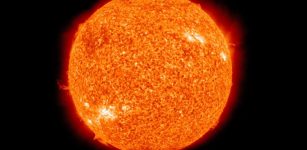LEGUS Project: Most Complete Ultraviolet-Light Survey Of Nearby Galaxies – Released
MessageToEagle.com – The most comprehensive, high-resolution ultraviolet-light survey of nearby star-forming galaxies has been released by an international team of astronomers who combined Hubble’s new observations with its archival images.
The collection of 50 star-forming spiral and dwarf galaxies in the local universe, offers a large and extensive resource for understanding the complexities of star formation and galaxy evolution.

The project, called the Legacy ExtraGalactic UV Survey (LEGUS), has amassed star catalogs for each of the LEGUS galaxies and cluster catalogs for 30 of the galaxies, as well as images of the galaxies themselves with detailed information on young, massive stars and star clusters, and how their environment affects their development.
“There has never before been a star cluster and a stellar catalog that included observations in ultraviolet light,” explained survey leader Daniela Calzetti of the University of Massachusetts, Amherst.
“Ultraviolet light is a major tracer of the youngest and hottest star populations, which astronomers need to derive the ages of stars and get a complete stellar history. The synergy of the two catalogs combined offers an unprecedented potential for understanding star formation.”
From among 500 galaxies, researchers selected objects located between 11 million and 58 million light-years from Earth. The star cluster catalogs contain about 8,000 young clusters whose ages range from 1 million to roughly 500 million years old. These stellar groupings are as much as 10 times more massive than the largest clusters seen in our Milky Way galaxy.
The star catalogs comprise about 39 million stars that are at least five times more massive than our Sun. Stars in the visible-light images are between 1 million and several billion years old; the youngest stars, those between 1 million and 100 million years old, shine prominently in ultraviolet light.
“When we look at a spiral galaxy, we usually don’t just see a random distribution of stars.” It’s a very orderly structure, whether it’s spiral arms or rings, and that’s particularly true with the youngest stellar populations. On the other hand, there are multiple competing theories to connect the individual stars in individual star clusters to these ordered structures,” Calzetti said.
“By seeing galaxies in very fine detail — the star clusters — while also showing the connection to the larger structures, we are trying to identify the physical parameters underlying this ordering of stellar populations within galaxies. Getting the final link between gas and star formation is key for understanding galaxy evolution.”
MessageToEagle.com


